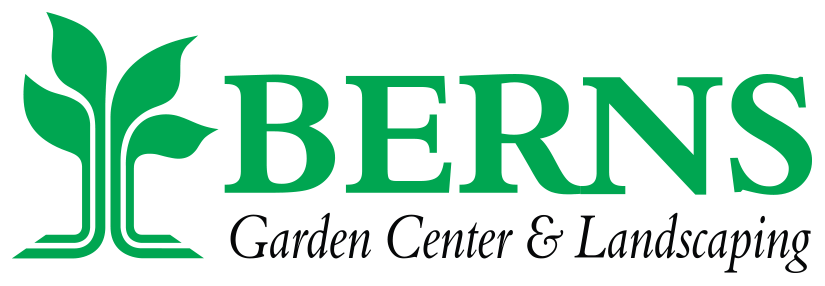WHO
For pruning purposes, shrubs can be sorted into three broad categories by their growth rate: fast, moderate, and slow. The growth rate of a plant is the main factor in determining how heavily to prune. Generally, the faster the growth rate, the heavier the pruning.
WHAT
The first things to look for when pruning are branches that may be an issue for the plant’s health. This maintenance pruning includes damaged, broken, or dead branches, branches that are crossing or rubbing, or suckers or sprouts. Once these are removed, any cosmetic cuts can be made.
WHERE
Cosmetic pruning is often restricted to the outside edges of the plant. Pruning through the plant’s interior, both with maintenance and cosmetic pruning, encourages fresh growth throughout the plant, instead of just on the outer margins.
Faster growers may have more interior branches removed at a time than slow growers, but virtually all shrubs benefit from thinning and removing branches to some extent.
WHEN
Late winter to early spring is the optimal time for most pruning in shrubs. This allows the plants to direct all their stored energy into new growth without wasting any that would need to be removed afterwards. This also allows a clear view of the branching.
It’s important to note when a plant blooms. If a plant blooms in spring, cosmetic pruning should wait until after flowering to preserve the blooms. Broken branches and other health-related cuts are best made in early spring, since these do not generally impact the bloom.
WHY
There are several benefits to regular pruning. Maintenance pruning helps reduce potential future problems caused by branches growing where they shouldn’t, and helps the plant heal quickly from broken branches and other wounds.
Cosmetic pruning, both in the shrub’s interior and on the margins, helps encourage vigorous new growth through the plant and controlling size and shape.
Interior pruning especially helps maintain even new growth through the plant, preventing the plant from becoming too woody and bare on the inside. Thinning also improves air flow within the plant, which helps prevent many plant diseases.
HOW
Whether you are using fine-tipped shears, hand pruners, loppers, or another tool, it is important to make sure that the tool is clean and sharp, to ensure a clean cut every time and to prevent the potential spread of pathogens between plants.
When possible, make each cut just above an existing bud to help direct new growth. Cuts should generally be made at an angle to prevent water from collecting on any flat surfaces.
Tips: Think of thinning as like layering a haircut to promote volume. Take your time and be mindful. It can be relaxing!


